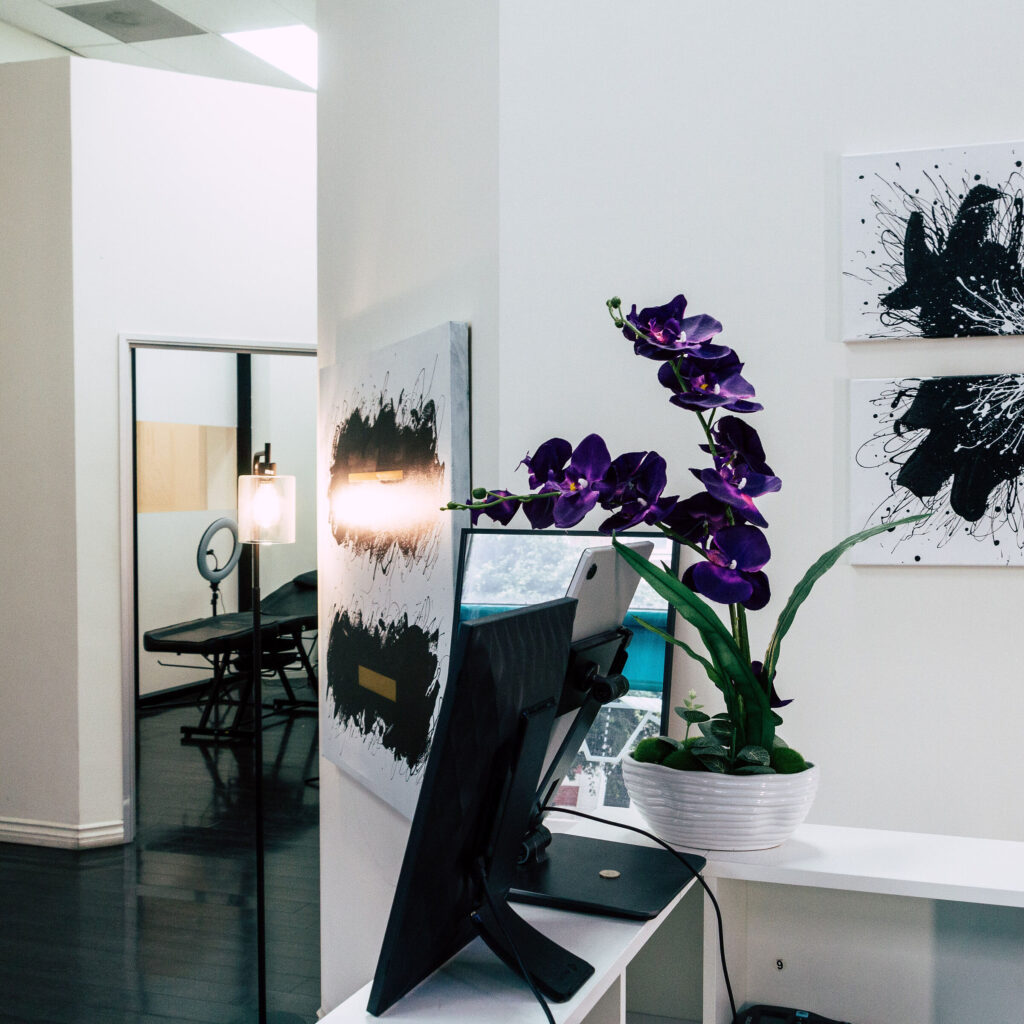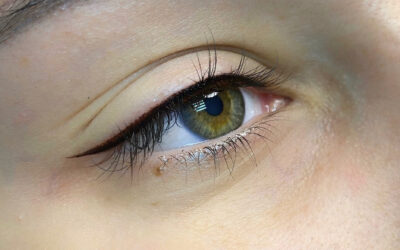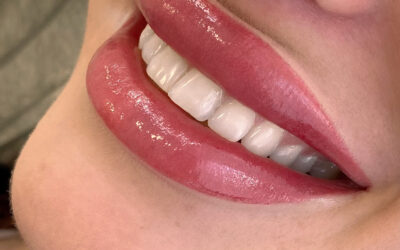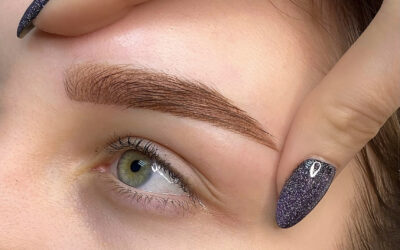When considering breast reconstruction, areola pigmentation—more commonly known as nipple tattoos—can be an empowering final touch in your journey.
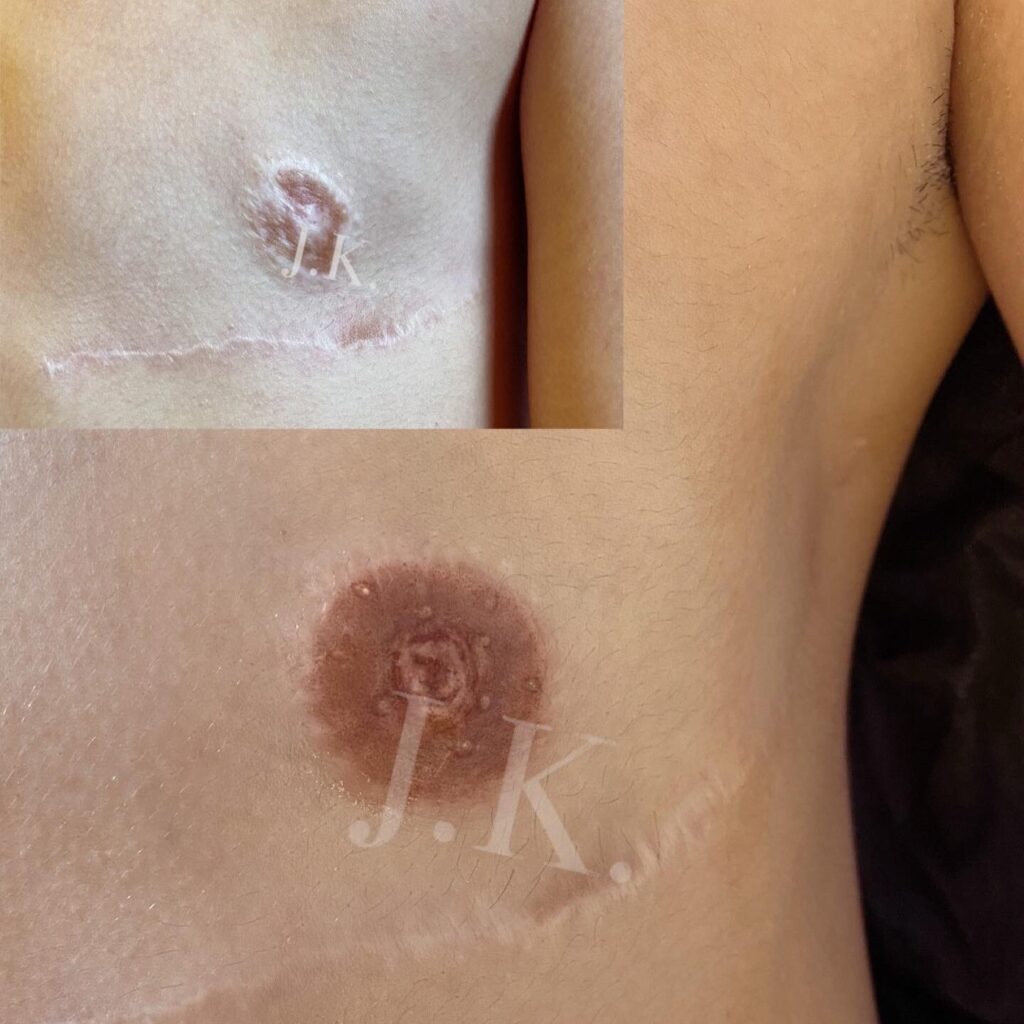
It’s a personalized procedure providing that cherry-on-top feeling of completeness and normality, whether that means adjusting the final look of your breast after an aesthetic reconstruction or bringing a sense of closure after a battle with breast cancer.
Through this comprehensive guide, we’ll be exploring why someone might want a nipple tattoo, who benefits the most, and crucial aspects like cost, pain, and post-procedure care.
Step into this empowering realm of body art which remarkably bridges the gap between medical and aesthetic needs, all while introducing you to a newfound sense of identity and self-acceptance.
For a full look at what permanent makeup can do for you, read our complete PMU guide.
What Is Areola Pigmentation?
Areola pigmentation, also known as nipple tattoo or areola tattoo, is more than just a cosmetic procedure—it’s a transformational journey towards restoring self-confidence for many. This process involves embedding pigment onto the areolas, which are the circular dark areas around your nipples.
This technique is often used to improve the symmetry and color consistency of areolas, giving them a natural look that can boost your body image and self-esteem. The practice also employs a unique 3D areola pigmentation technique. Here, an expert practitioner uses a designated pigment to create an illusion of a naturally contoured areola. The result is a 3D-like effect that closely mimics a realistic nipple and areola.
Why Someone Might Want an Areola Tattoo
Undergoing an areola pigmentation can be a significant decision, driven by different personal reasons.
- People may choose to have a nipple tattoo to enhance their physical appearance or to restore their body image after breast surgery or a mastectomy.
- Some individuals may opt for this process to counter uneven or faded areolas, often the result of aging, hormonal changes, or medical treatments.
For many cancer survivors, nipple tattoos after mastectomy can serve as a comforting milestone on the road to recovery. It offers them a sense of wholeness and helps recapture their femininity, helping to restore a more balanced, aesthetically pleasing look to their breasts.
If you’re ready to take the leap and see what a nipple tattoo can do for you, schedule a consultation with us.
The Upsides of Nipple Tattoo After Mastectomy
A key advantage of this procedure is its complete customizability in terms of size, color, placement, and overall aesthetics.
Like with all aspects of permanent makeup, areola pigmentation allows you to re-establish a natural resemblance, returning a sense of normalcy and therefore confidence. What’s more, you have the chance to decide on the final look. The nipple tattoo is specifically designed to look like your normal nipple-areola complex, or even improved if you so desire.
This procedure can hold significant emotional benefits, as well. The ability to restore the appearance of the nipple and areola through nipple tattoo after mastectomy can go a long way in strengthening self-esteem and emotional well-being.
Furthermore, it’s worthwhile noting that nipple tattoos have impressive longevity. With proper care and barring any unprecedented complications, these tattoos can indeed last for many years with minimal noticeable fading. This durability contributes to making it an appealing choice for many.
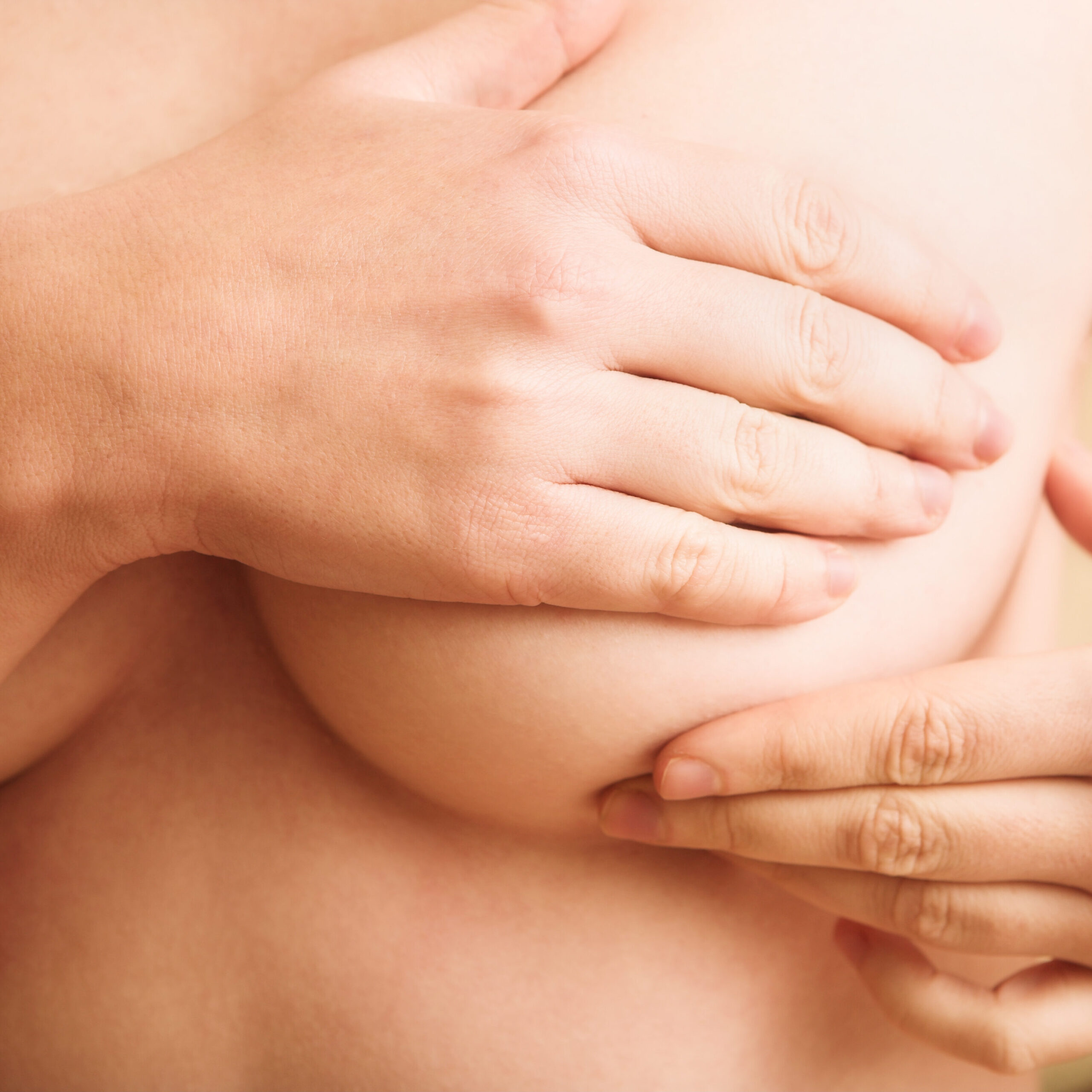
Who Benefits the Most from Nipple Tattooing?
While any individual whose areola coloring or appearance has been affected may consider areola pigmentation, certain groups tend to derive more substantial benefits.
Breast Cancer Survivors
The top beneficiaries of nipple tattooing are those who have undergone a mastectomy.
Opting for a nipple tattoo post-surgery can provide the appearance of a natural nipple and areola, completely restoring aesthetic symmetry. This not only enhances physical appearance but also aids in emotional healing and regaining body confidence.
Receivers of Breast Shaping Surgery
Apart from individuals post-mastectomy, a nipple tattoo can also benefit those who’ve undergone breast surgery for other causes.
Breast shaping surgeries, such as fat grafting or implant installation, can sometimes affect the nipple and areola’s appearance. In such cases, an areola tattoo can restore the original look, enhancing overall breast aesthetics.
Important to Know
The procedure should be avoided by individuals with radiation-damaged breast skin or excessively thin breast skin due to mastectomy surgery. It is usually recommended to wait 3-5 months after radiation before considering a tattoo.
Consulting with a medical professional is highly recommended to evaluate your suitability for the procedure.
Decoding the Procedure: How Does Nipple Tattoo After Mastectomy Work
Let’s go through the PMU process for areola pigmentation:
- Consultation: The process typically begins with a consultation with a specialized tattoo artist or a medical professional who offers areola pigmentation services. This usually happens before your actual appointment but may be scheduled just beforehand, too. During this consultation, you’ll discuss your goals, concerns, medical history, and any questions you may have about the procedure.
- Assessment: The practitioner will assess the natural color, size, and shape of your areolas and nipples to determine the most suitable approach for achieving your desired outcome. They will also consider factors such as scarring, skin texture, and any existing pigmentation.
- Preparation: Before the procedure, the area will be cleaned and sanitized to minimize the risk of infection. You may be asked to avoid certain activities or medications that could increase the risk of bleeding or interfere with the healing process.
- Pain Management: The practitioner may offer topical numbing creams or local anesthesia to minimize pain and discomfort.
- Color Matching: The practitioner will mix custom pigment colors to match your natural skin tone and desired aesthetic. They may use specialized tools and techniques to ensure an accurate color match.
- Application: Using a tattoo machine or manual tattooing technique, the pigment will be carefully applied to the areola area to create a natural-looking result. The process may involve layering different shades of pigment to achieve depth and dimension.
- Post-Procedure Care: After the tattooing is complete, the area will be cleaned and dressed with a protective ointment or dressing. You’ll be given specific instructions on how to care for the tattooed area during the healing process, including avoiding certain activities and keeping the area clean and moisturized.
- Follow-Up: You may need to schedule a follow-up appointment to assess the healing progress and make any necessary touch-ups or adjustments to the tattoo. It’s essential to follow the aftercare instructions provided by your practitioner to ensure optimal results and minimize the risk of complications.
- Maintenance: Over time, the tattoo may fade or change color due to factors such as sun exposure, aging, and natural skin turnover. Periodic touch-up sessions may be recommended to maintain the appearance of the tattoo and keep it looking fresh.
It’s important to choose a qualified and experienced practitioner who specializes in areola pigmentation to ensure a safe and satisfactory outcome. Additionally, be sure to discuss any concerns or questions you may have with your practitioner beforehand.
Breaking Down the Cost: How Much Is a Nipple Tattoo After Mastectomy
How much your areola tattoo or nipple tattoo after mastectomy will cost can greatly vary. Prices typically depend on several factors, such as the reputation of the clinic, the experience of the practitioner, and the geographical location.
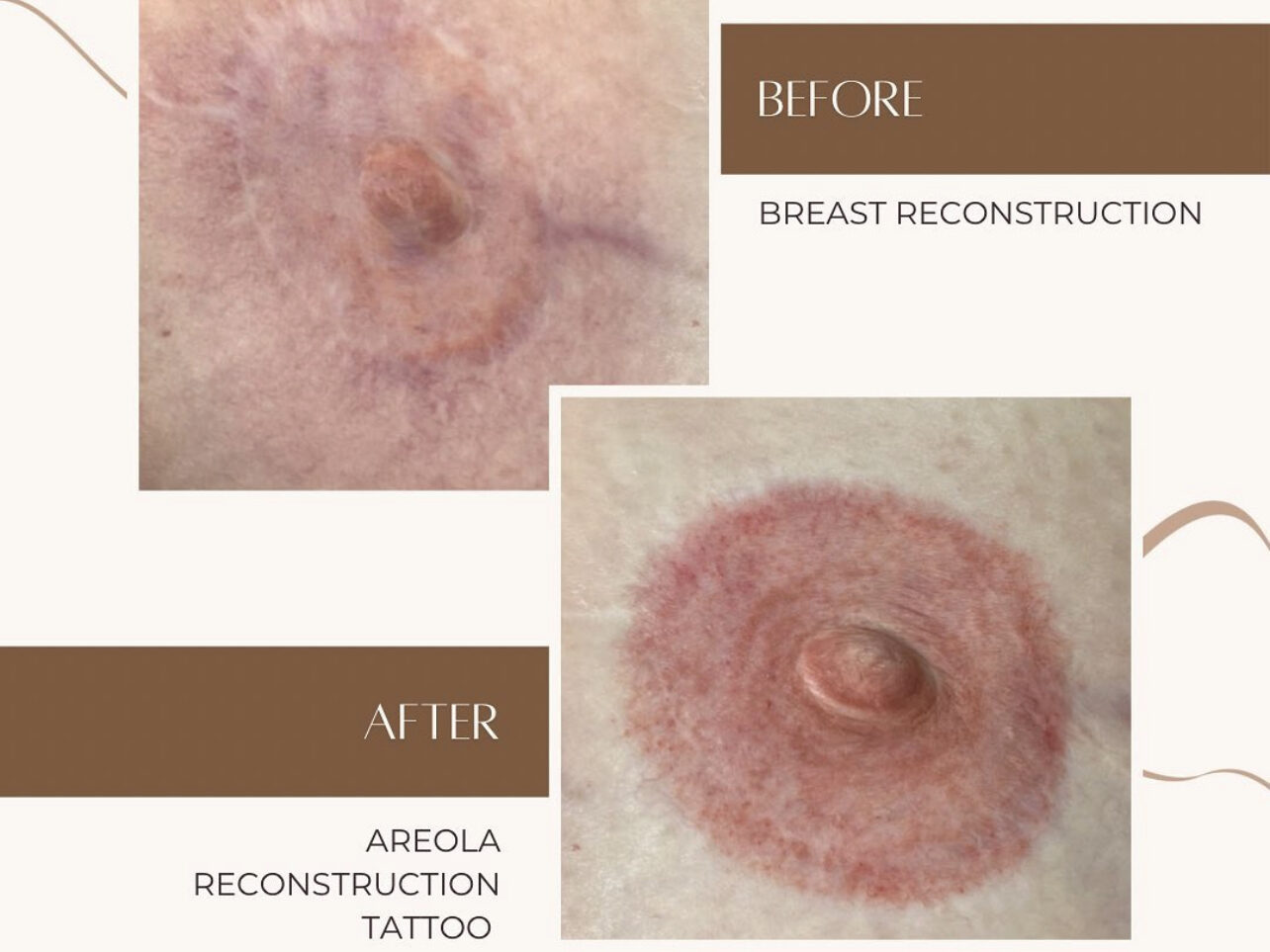
Typically, you can expect to pay anywhere from $200 to $800 per session. It’s also important to note that you may need multiple sessions to attain the desired outcome.
While medical insurance is unlikely to cover a nipple tattoo as part of cosmetic purposes, some places acknowledge it as a crucial part of breast reconstruction and may cover some or all of the cost.
It’s important to acknowledge that you get what you pay for in instances of permanent cosmetics. The lower end of the cost spectrum is often representative of:
- Less experienced technician
- Lower value reputation of the clinic
- Location where the cost of goods and services are often cheaper. For example, a nipple tattoo in North Dakota will cost less than in New York.
However, this doesn’t necessarily mean that more expensive services will be better. We recommend finding a sweet spot, and to do that you should do significant research on who you go to before you book an appointment. We go into details about that below.
Choosing the Right Practitioner for Your Areola Pigmentation
Choosing the right practitioner for your areola pigmentation is a crucial step in this life-enhancing journey. Your practitioner’s proficiency can mark the difference between a natural-looking areola tattoo and one that doesn’t meet your expectations. Let’s delve into how you can make this crucial choice.
Ensure your chosen PMU artist has the requirements to provide you with the best service:
- Tattooing License: Required in many places.
- Specialized Training Programs: Courses in areola pigmentation.
- Continuing Education: To stay updated on techniques. A quality technician will always be learning their craft to provide you with the best service.
- Health and Safety Compliance: Adherence to strict standards.
Remember, this is a highly intricate procedure, and so, it requires inherent artistry. Therefore, ensure that your practitioner possesses strong aesthetic capabilities – you might want to request before-and-after photos of their past works to gain insights into their style and skillset.
Here’s the formula we recommend for finding a quality PMU artist:
- Check social media and online portfolios for pictures of their work. Particularly healed work. Tattoos always look nice right after you get them. You want to ensure their work is holding up and looking fabulous down the road. A proper technician should showcase healed work.
- Read reviews like it’s your job! Review sites like Yelp and Google are invaluable tools. People are never afraid to share their experiences, good and bad. Take these with a grain of salt and trust your gut, but we like to say consistency is key. This means that if you find that people are regularly leaving reviews about the same bad things or the same technician at a particular shop, run for the hills.
- Schedule a consultation. Speaking of trusting your gut, the only way to know for certain how you feel about the person who may give you areola pigmentation is by talking to them. You should feel comfortable not only lifting your shirt for them but telling them your thoughts, feelings, concerns, and ideas. They should actively listen to you and seek your opinion. Then, be sure they are giving you advice about how to prepare for your appointment and giving you a heads up about aftercare.
Facing the Fear: Understanding the Pain Level of Areola Tattoo After Mastectomy
It’s natural to be anxious about the pain that might come with an areola tattoo.
Beyond the physical discomfort, this fear may also stem from not knowing what to expect in terms of pain intensity and duration. Here, we’ll shed some light on the subject, in the hope that this knowledge can reduce some of that anxiety.
Pain is Subjective, But PMU is Minimal
Firstly, it’s essential to understand that pain is highly subjective, and each person will experience it at varying levels. While some might feel mild discomfort during the procedure, others could perceive it as moderately painful.
Much depends on the individual’s tolerance to pain, the area being tattooed, and the technique used. This said, when it comes to areola pigmentation pain is typically kept to the minimum thanks to numbing cream that is applied before the procedure begins.
What About the Aftermath?
Post-procedure discomfort can be expected, but the degree to which it’s felt will again vary from person to person. It’s common to experience slight swelling, redness, or a warm sensation in the tattooed area. Usually, these side effects are mild and subside within a few days. Your healthcare provider will offer comprehensive guidelines for managing any discomfort you might experience.
It’s important to remember that, while an areola tattoo might entail some discomfort, it’s generally a tolerable experience. Many describe it as a minor inconvenience, fair trade for the sense of wholeness and normalcy it brings back into their lives after a mastectomy.
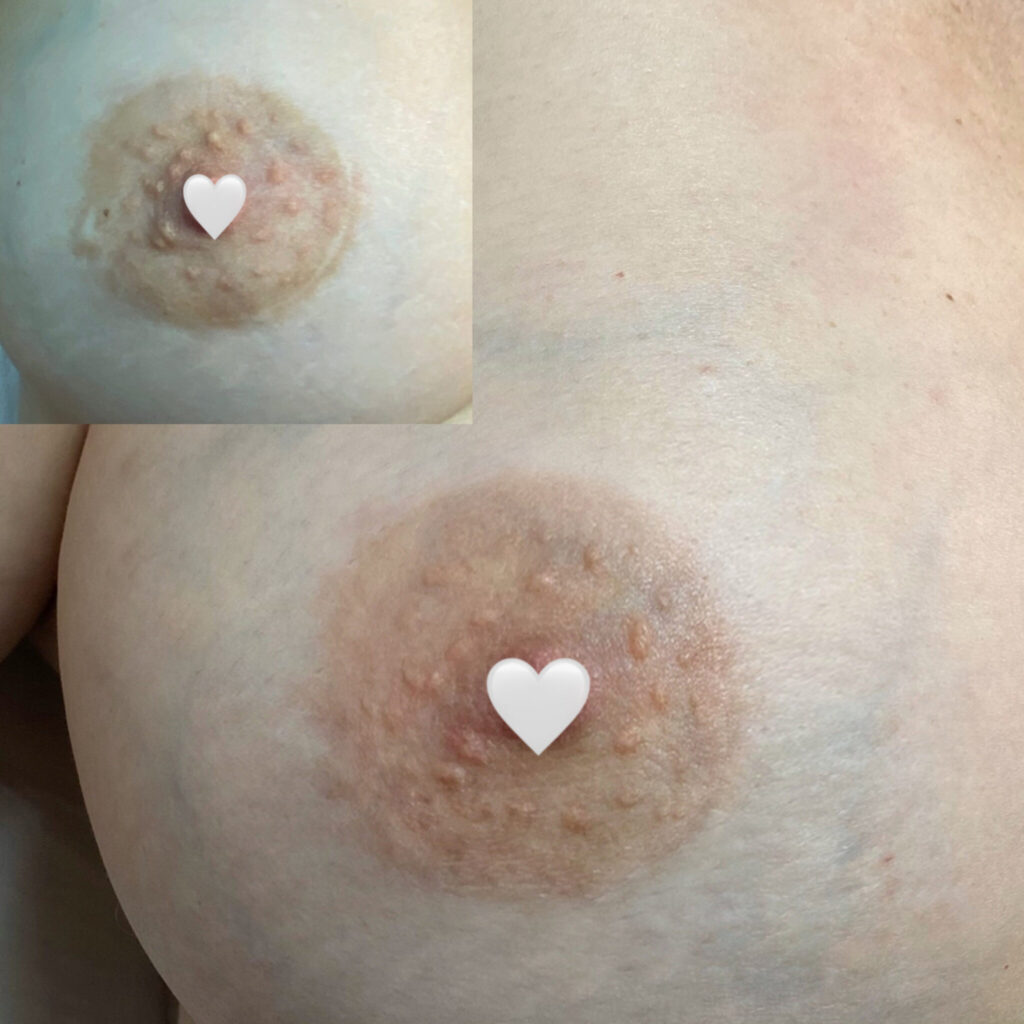
The key is to openly discuss any pain-related concerns with your health provider who can offer suggestions, advice, and reassurances.
Post-Procedure Care: Ensuring the Longevity of Your Nipple Tattoo
Post-procedure care is essential to maintaining the quality of your areola tattoo. It involves taking certain precautions to promote healing and prevent premature tattoo fading.
To Dos and Do Nots
To begin with, the area must be kept dry except for applying ointment for at least five days. Proper moisturization aids in the healing process but getting your areola wet will impact the color and healing. Your PMU artist should provide you with ointment or at the very least, a recommendation for one you can buy. They should also give you a full list of instructions for protecting your investment.
It’s also essential to protect the tattoo from direct sunlight and harsh products during the healing period. Also, avoid soaking in any water or excessive rubbing on clothes or while sleeping.
Typically, the full healing process can take up to three weeks. During this time, it’s not uncommon for the tattooed area to start getting darker as your skin is trying to push out the ink while it heals. As it does, it will become gradually lighter. This change in pigment is a natural part of the healing process and does not reflect the overall longevity of your nipple tattoo. It will return to its intended color quickly.
Touch-Ups
Another aspect of post-procedure care includes follow-up appointments. These regular checks act to ensure the tattoo remains in optimal condition and the area is healing as expected. Additionally, they give a chance to retouch the areola pigmentation if the initial result does not meet your expectations, such as a less-than-satisfactory color match or desired size.
Lastly, always remember that proper care does not stop once the healing period is over. Your nipple tattoo is designed to last many years without noticeable fading, but ongoing maintenance plays a significant role in its lifespan. This might mean avoiding overly harsh soaps or soaking in hot tubs, protecting the area from extreme sun exposure, and maintaining regular health checks.
Real Brows Los Angeles
Areola pigmentation, much like microblading, involves the delicate art of tattooing, aiming for natural-looking results that enhance confidence and self-esteem.
At Real Brows in DTLA, we understand the sensitive nature of areola pigmentation and strive to provide a safe, supportive, and empowering environment for every client.
Our experienced and compassionate team is dedicated to helping individuals feel whole and beautiful, restoring a sense of normalcy and confidence after challenging experiences like mastectomy. If you’re considering areola pigmentation or nipple tattooing, we invite you to trust Real Brows for exceptional care and results that exceed expectations.
Keep up with us on Instagram and when you’re ready to upgrade your areola and feel confident, schedule a consultation.
